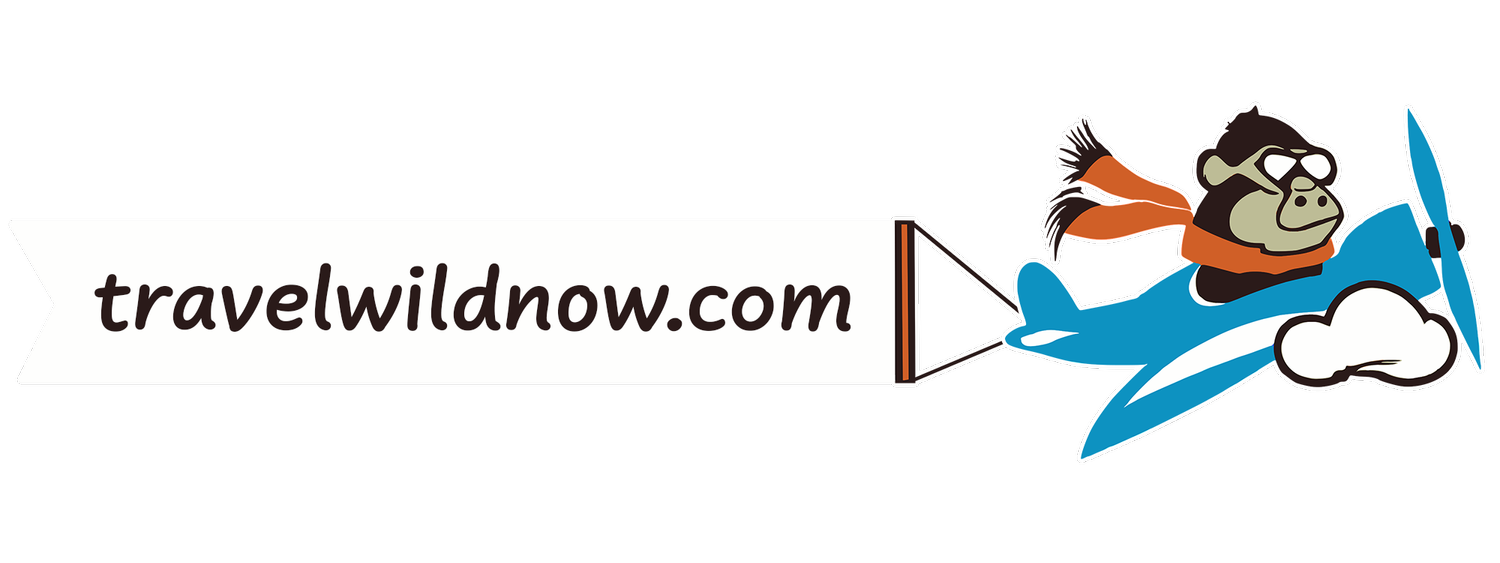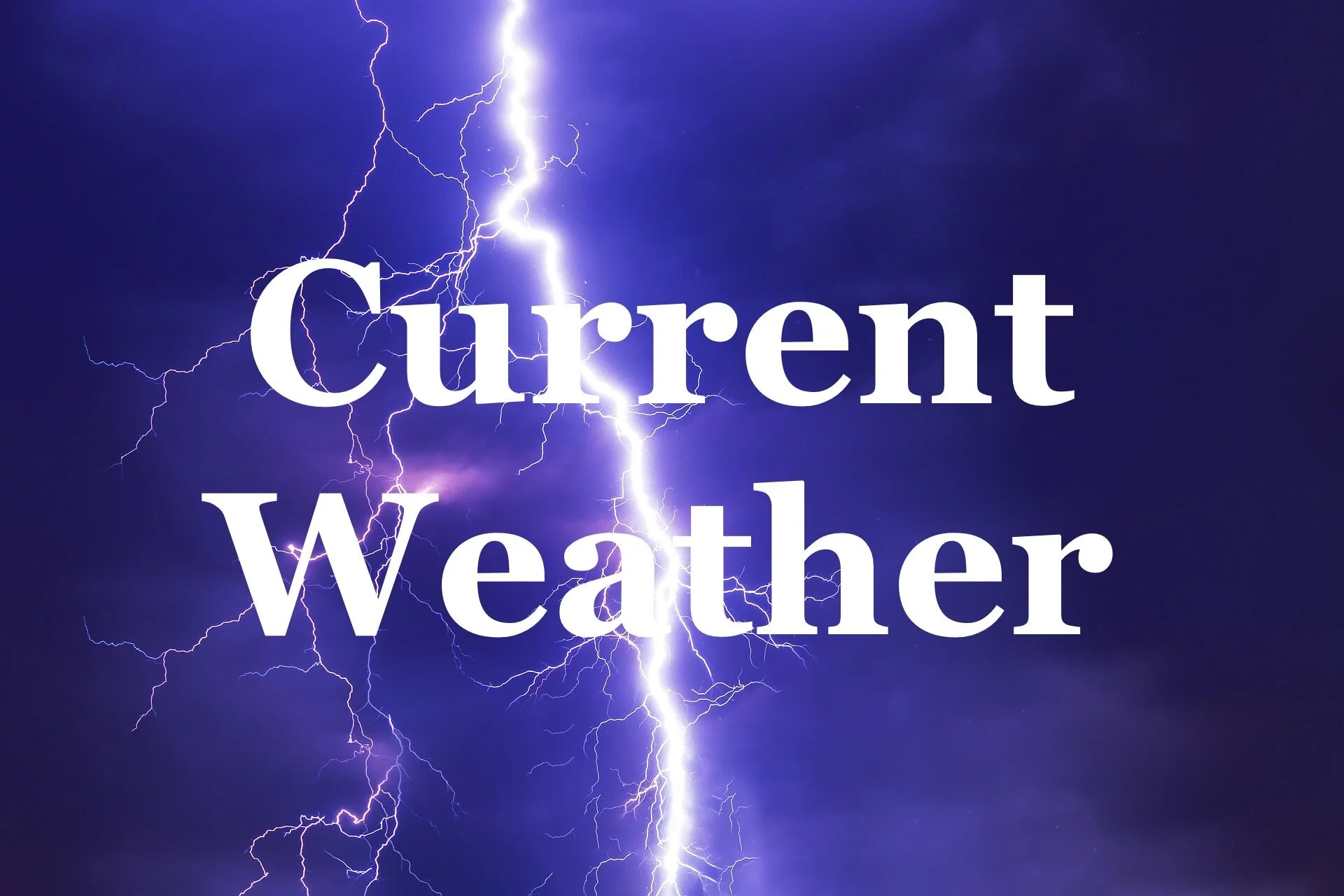
WESTERN AUSTRALIA SOUTHWEST 13 days
This itinerary visits cosmopolitan Perth, maritime Fremantle, Rottnest Island, the Margaret River region and the rugged coastal scenery and parks of Denmark and Albany in the southwest region.
Western Australia, covering the entire western third of the country, is made up mostly of the arid Outback. Its population is concentrated in its fertile southwest corner, home to the Margaret River wine region and the riverside capital, Perth.
Not to be confused with the European country, Denmark, W.A.,(423 km south-east of Perth) and Albany are both home to gorgeous beaches, thick forests and incredible natural pools.
Before you go:
Travel Adaptor - Type I
Visa required - register online
Entry fees for visiting National Parks
Travel Guide: Lonely Planet Western Australia
⛽️ Gas stations in remote parts of W.A. are far apart, so fill up whenever possible.
DAY 1
Arrive at Perth airport and transfer to your hotel. <where to stay>
Perth-the biggest city in Western Australia is between the Indian Ocean and the Australian outback. It’s famous for beautiful beaches, stunning sunsets, clean air, parks, great food, and the most sunshine hours in Australia.
If time permits, explore or dine in Northbridge. Many nationalities live there, resulting in a wide range of ethnic and international cuisine options. Go there for a good meal and a relaxing evening.
Overnight: Perth
DAY 2
Visit Fremantle - discover Australia's best-preserved 19th-century port.
Fremantle is known for its maritime history, Victorian architecture.
Visit Fremantle Prison (UNESCO World Heritage Site)
It's a significant example of a convict-built prison and one of the best-preserved in the world.
Explore eerie tunnels, convict history, and nighttime ghost tours.
WA Maritime Museum and the WA Shipwrecks Museum.
—Home to historic vessels and shipwrecks, including Australia's winning America's Cup yacht, Australia II.Fremantle Fishing Boat Harbor - a backdrop of lively boardwalk restaurants, bars, cafes line the harbor.
Enjoy Indian Ocean fresh seafood and craft beers.
Relax at the bustling, centrally located, Cappuccino Strip (South Terrace) with al fresco dining and coffee round the clock making Fremantle a social hub. <Eat and drink>
Activities <Learn more>
Overnight: Fremantle
Distance: Perth ---> Fremantle. 30 minutes
DAY 3
Depart for Rottnest Island.
Rottnest Island is 19 km from Fremantle. It is a protected nature reserve with quokkas, white sandy beaches, and quiet bays.
Locals come here to swim, surf, snorkel, fish, and relax. The nearby coral reefs and shipwrecks make diving and snorkeling very enjoyable.
Hop aboard the ferry to Rottnest Island.
Park your car rental at the Fremantle ferry terminal lot.
To plan your visit, download the Island map. Great for navigating!
Overnight: Rottnest Island (3 nights)
Ferry time:
Fremantle ---> Rottnest Island (ferry) 25 min. one way.
DAYS 4 and 5
Spend two (2) days discovering what to see and do on Rottnest Island.
The island features a casual atmosphere, picturesque scenery and some of the world's finest beaches and bay.
Pedal & Flipper - with over 1,890 bikes and specialty equipment available for hire. Located behind the Hotel Rottnest.
Relax at the superb beaches. <monthly beach water temperature>
Overnight: Rottnest Island
DAY 6
Depart Rottnest Island by ferry back to Fermantle and continue to Bunbury.
Stop at the Bunbury Discovery Centre - a dolphin interactive center with over 100 dolphins in the bay.
Best time to visit is early-November to March.
Afterward drive to Yallingup - the coastal scenery is spectacular. Considered one of the world’s best surfing locations.
Walk or relax at the ‘famous’ Smith’s beach.
Overnight: Yallingup (3 nights). We recommend the Smiths Beach resort.
Distance:
Ferry: Rottnest Island ----> Fremantle. 25 min. one way.
Fremantle ---> Bunbury. 2 hrs.
Bunbury ---> Yallingup. 1.5 hrs.
DAYS 7 and 8
Two (2) fun days at Margaret River region.
Margaret River offers world-class wine alongside unspoiled coastline, as well as stunning inland rivers, tall-timber forests.
Relax at Smith’s beach.
Wine for Dudes-a “must” for people who love Wine, Food and a Good time.
Surf N’ Dirt Adventures - offers adventure and wine tours.
Relax at gorgeous Hamelin Bay - A top place in Australia to see calm, friendly stingrays up close that are not scared of people swimming or wading nearby.
Overnight: Yallingup.
Distance:
Smith’s beach ---> Hamelin Bay. 1 hr.
In the heart of the Walpole Wilderness is home to the majestic Tingle trees.
DAY 9
Next stop is the Albany region.
En route stop at the Valley of the Giants - Tree Top walk.
The main attraction is viewing some of the biggest timber giants on earth, Western Australia’s majestic tingle trees. <Tours last 90 min.>
Explore Willams Bay National Park - known for its bright green waters and large granite rocks. You can often see whales, dolphins, and seals nearby.
Greens Pool is the centerpiece of the park.
Overnight: Denmark
Distance:
Margaret River ---> Valley of the Giants. 3 hrs.
Valley of the Giants ---> Williams Bay Park. 30 min.
Williams Bay Park ---> Denmark. 20 min.
DAYS 10 and 11
Two (2) fun days exploring the rugged coastal scenery in the Denmark and Albany regions.
Denmark Highlights:
Bibbulmun Track - experience little or all of this scenic trek.
Beautiful beaches - Elephant Rock, and many more.
Snorkeling - Green Pool is best in area. <Monthly beach water temperature>
Albany Highlights:
Waterfall Beach - just east of Greens Pool.
🐋 Whale watching - Albany Whale Tours.
Snorkeling - at Little Beach/Waterfall Beach and the small island off Two People Bay.
Torndirrup National Park is one of the most scenic areas for whale spotting and cliff-top walks.
The park is known for its springtime wildflowers and spectacular rock formations.
The Southern Ocean has carved the granite coastline into formations known as the Gap and Natural Bridge.
Bald Head Walk Trail - one of the best hikes in the Park.
The 12 km out and back trail on the Flinders Peninsula provides stunning views of the Southern Ocean and King George Sound. This rewarding hike has several great photographic opportunities.
You need to be in good physical condition. Difficulty is rated moderate. <All Trails>
Overnight: Albany (2 nights)
Distance: Denmark ---> Albany, 45 min.
DAY 12
Return to Perth.
If time permits, explore the city parks, the urban shops and the pubs in the Northbridge and Leederville areas.
Leederville is a culinary and cultural melting pot with cafes and fashion boutiques.
Overnight: Perth
Distance:
Albany ---> Perth. 5 hrs, 420 km.
DAY 13
End of the adventure, depart Perth to another Australian destination or return home.
-
1. What is the time difference between Australia and the USA.?
The east coast of Australia is 15 hours ahead of the east coast of the US, and 18 hours ahead of the west coast of the USA.
Both countries operate daylight savings time during their summer months, from April to October eastern Australia is 14 hours ahead of the east coast of the USA, and 17 hours ahead of the west cost of the USA.
From October to March, Australia is 16 hours ahead of the east coast of the US, & 19 hours ahead of the west coast of the USA. Not all Australian states observe daylight saving, so times in the country can vary by one hour.
2. What currency is used in Australia?
Australian currency ($A) is decimal with the dollar as the basic unit (100 cents = A$1). Notes come in $100, $50, $20, $10 and $5 denominations. Coins come in $2, $1, 50c, 20c, 10c and 5c denominations.
3. What Credit Cards can I use in Australia?
The most commonly accepted credit cards are American Express, MasterCard, Visa and JCB.
4. What is the electrical current for Australia ?
The electrical current in Australia is TYPE I, 240/250 volts, AC 50Hz. The Australian three pin power outlet is different from that in North America so you will need an adapter socket. If your appliances are not 240/250 volts you will need a voltage converter. Universal outlets for 240V or 11OV appliances are usually found in leading hotels.
5. How should I obtain cash in Australia?
Nearly all Australian ATMs accept USA bank cards, the rate of exchange is very competitive and the transaction is small (the fee will vary from bank to bank)
6. Do I need to get any specific vaccinations before entering Australia?
Vaccinations are NOT required unless you have come from, or visited, a yellow fever infected country or zone within six days before arrival. No other health certificate is required to enter Australia.
7. Is all water safe to drink in Australia?
Yes, it is safe to drink tap water anywhere in Australia. Bottled water is available throughout the country.
8. What precautions should I take to protect myself from the sun in Australia?
The sun in Australia is extremely strong, especially in summer (December – February). Wear a hat to protect your face and sunglasses to protect your eyes and a minimum SPF15+ to prevent sunburn.
Average cost:
(EXCLUDING AIRFARE)
$$$ USD for two (2) people.
Budget: $5,400
Moderate: $6,200
Luxury: $7,000 +
🌤️ Climate Guide:
Perth is about 10-12 F degrees warmer than rest of the Southwest towns.
Perth average: high summer: 31 C (89 F degrees)
Albany average: high summer: 25 C (77 F degrees)
Rottnest Island avg: high summer: 26C (78 F degrees)
Hot-Dry season/summer is December through March.
Most rainfall (rainy season) is seen June through August.




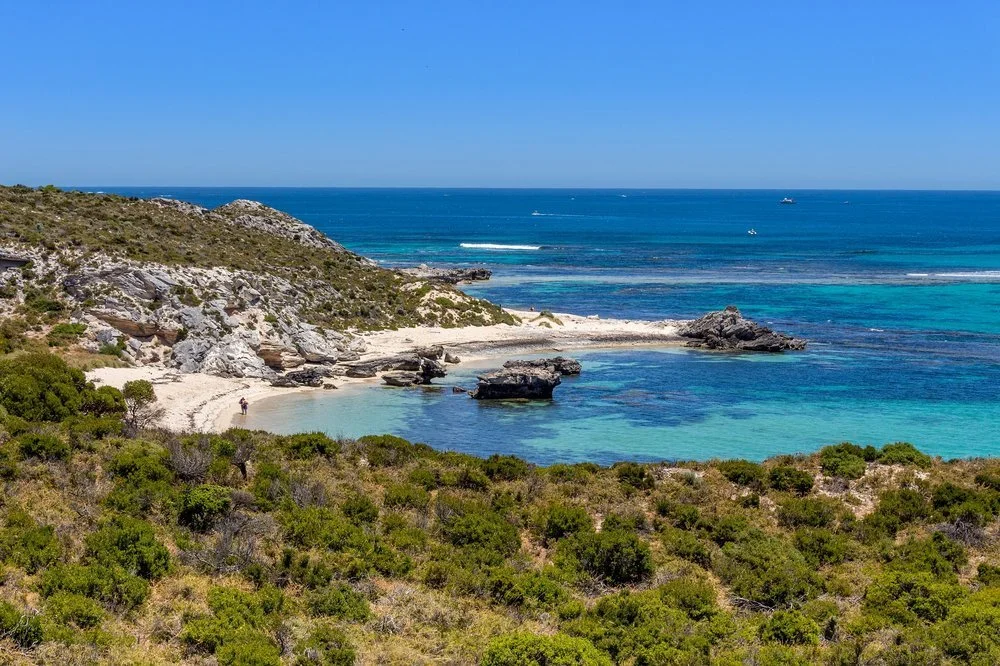
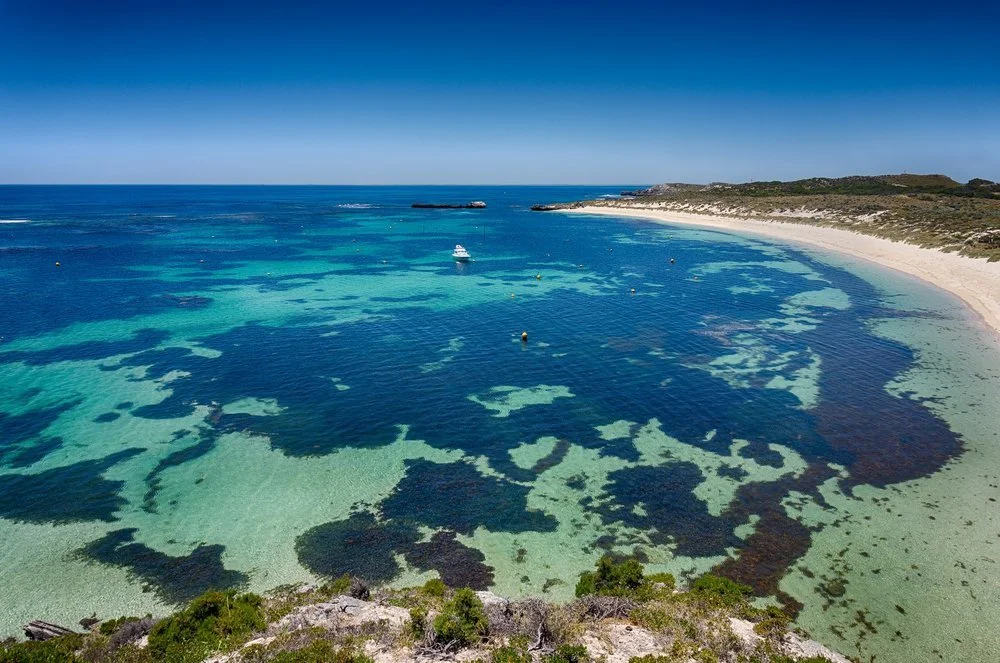


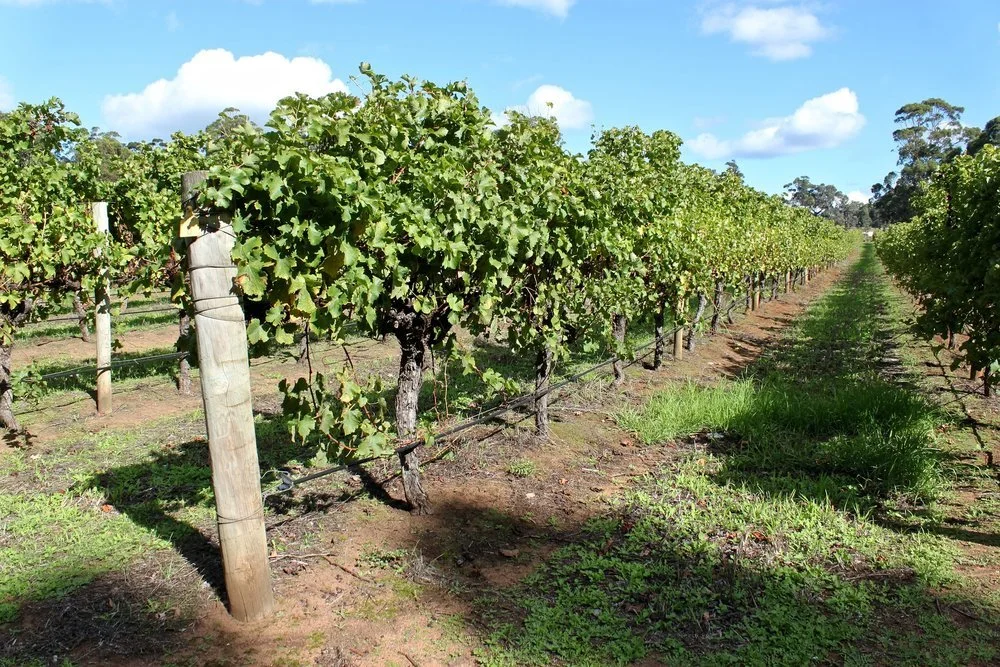

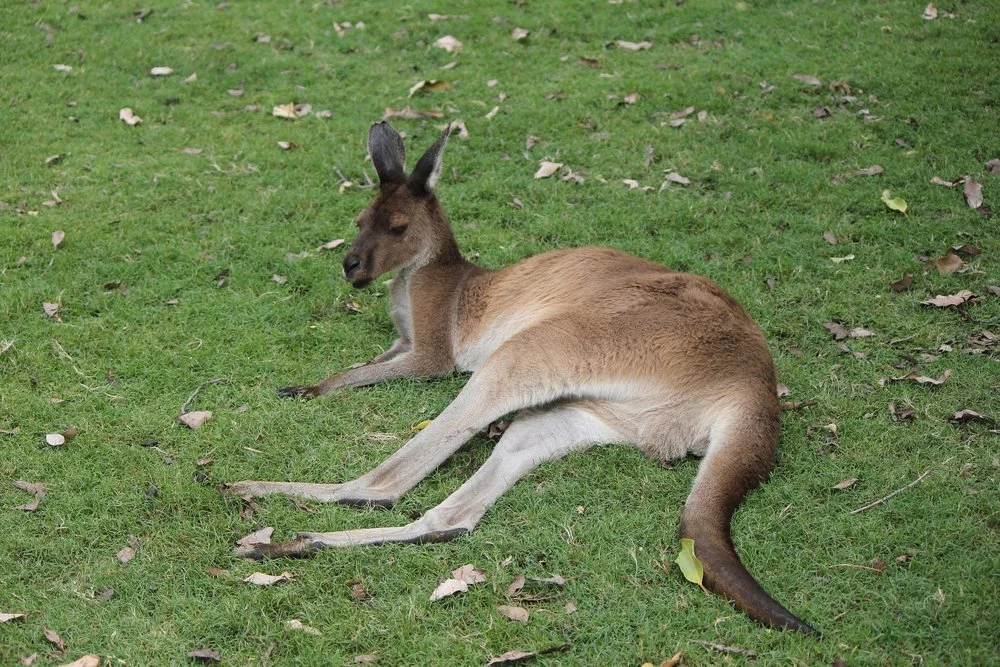

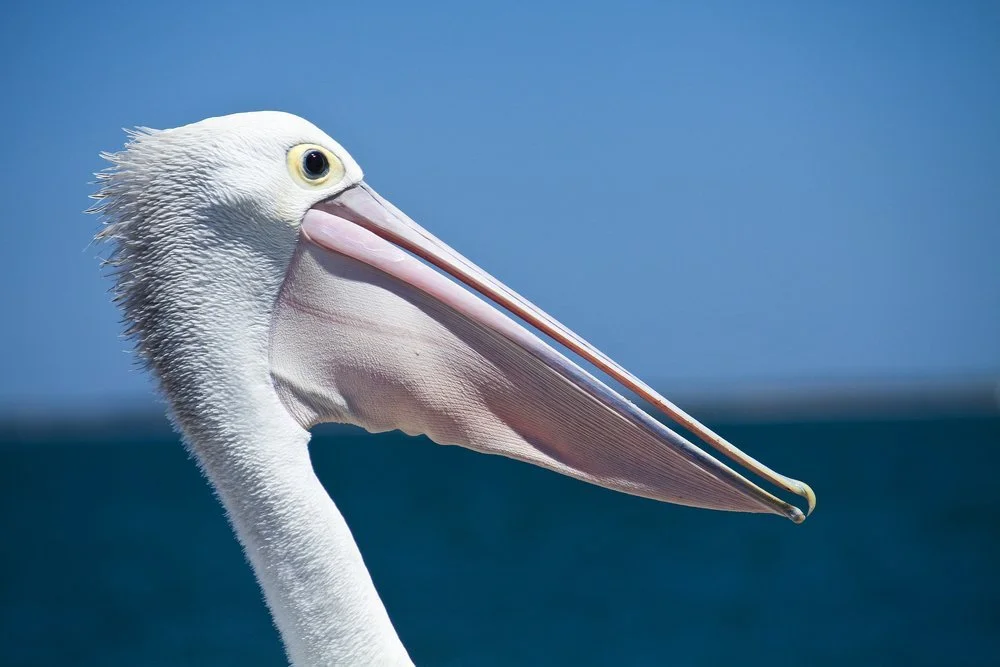
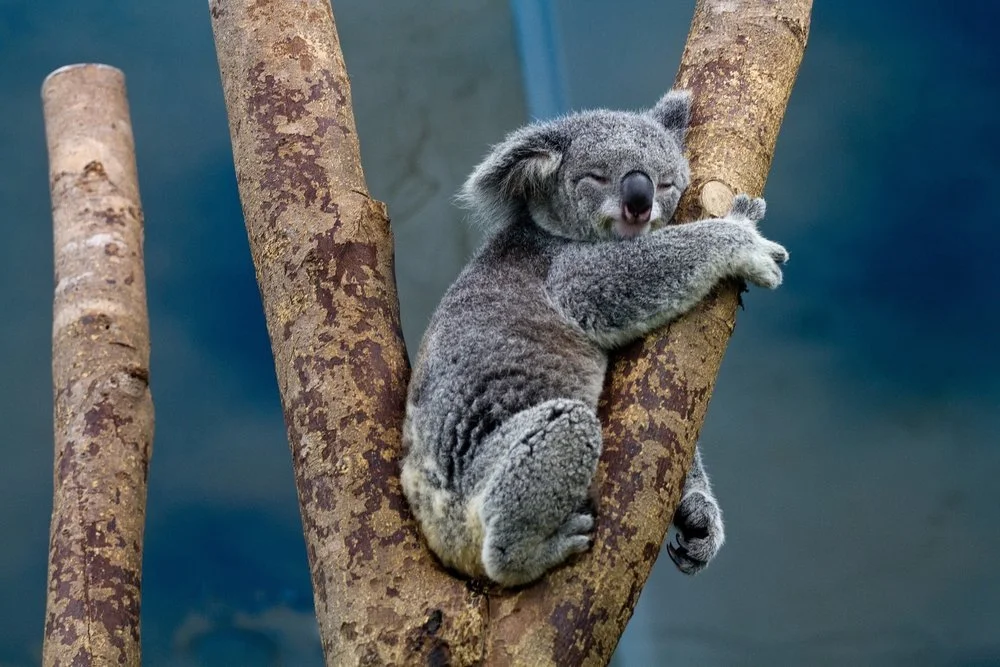


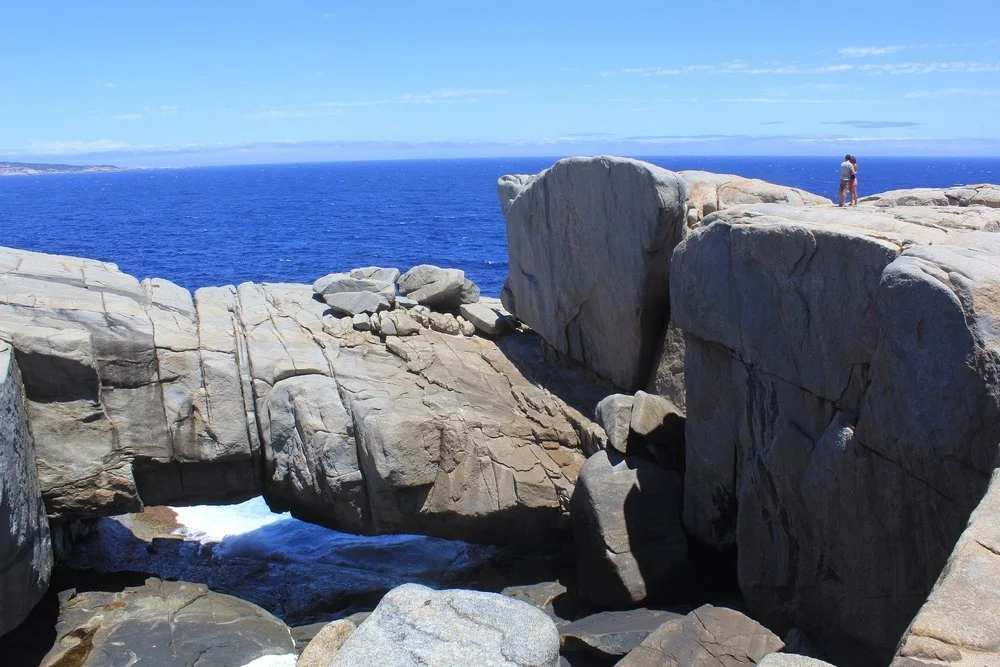
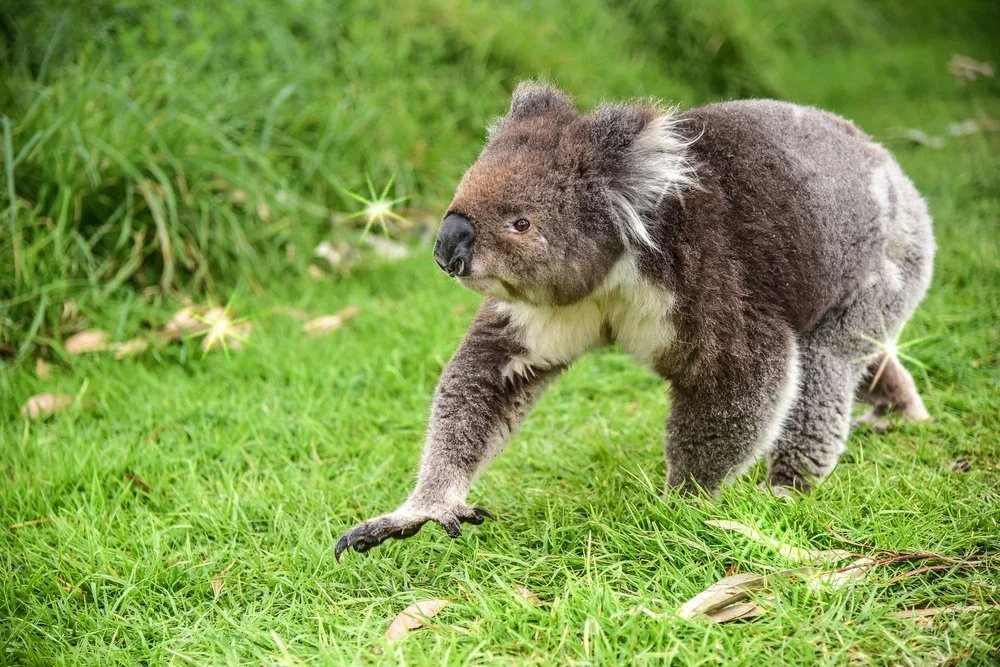


Sources: wikipedia.com, ontheworldmap.com, rainbowcoast.com.auNo copyright infringement is intended on this website by travelwildnow.com